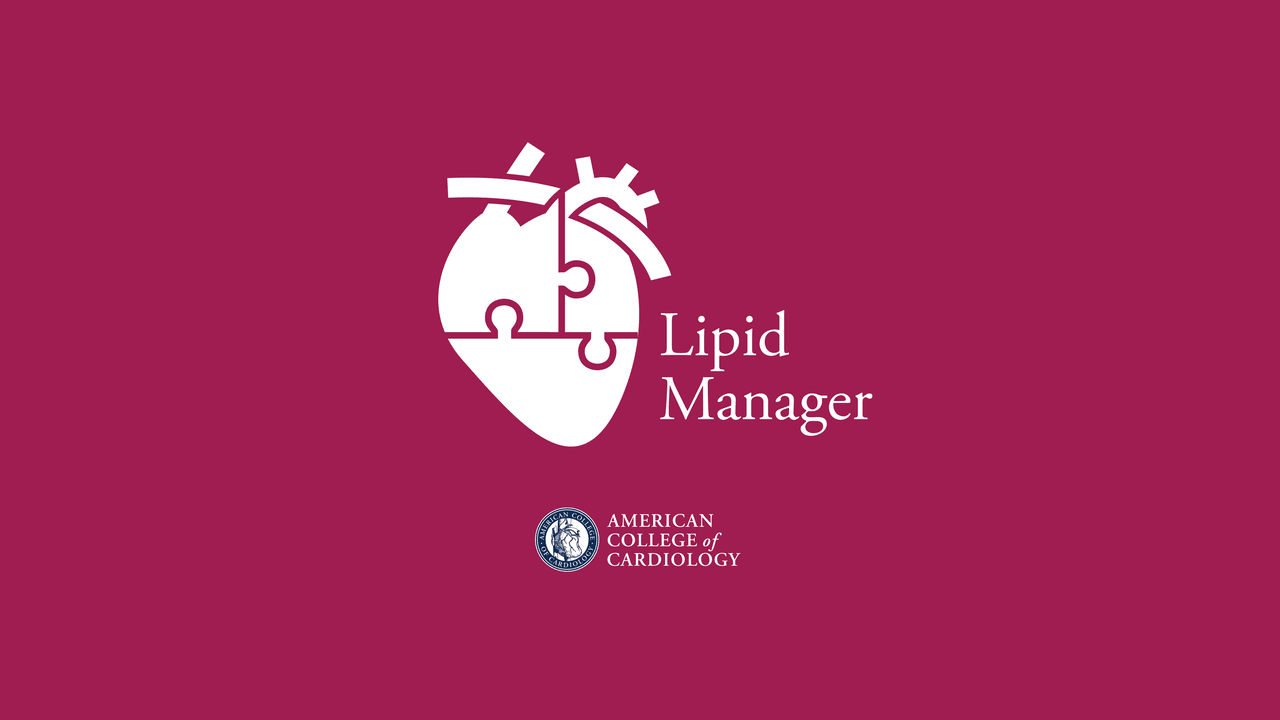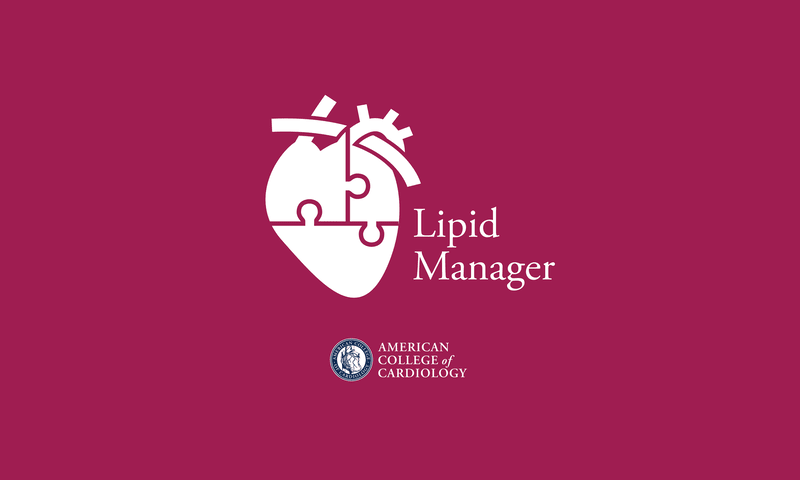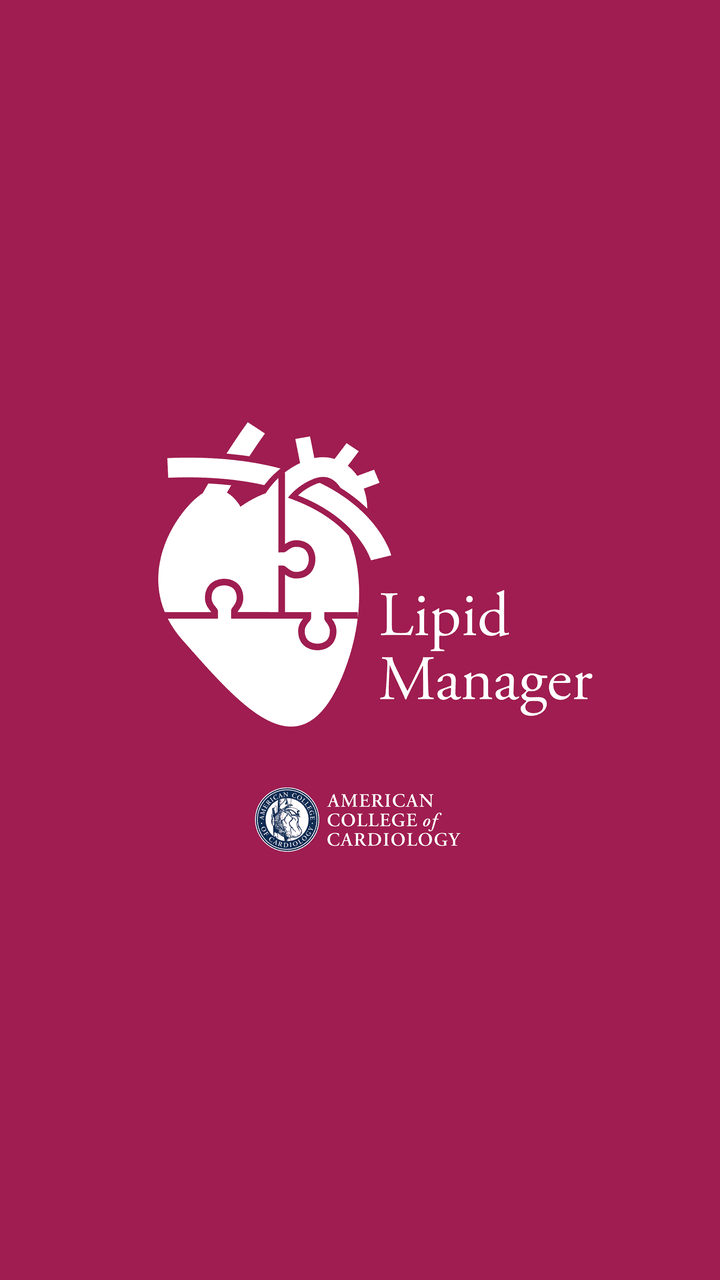Addressing adherence
- Assess the number of missed statin doses per month.
- Evaluate barriers to adherence. See patient tools in the Reference Section of this app for help.
Addressing lifestyle
- Diet
- Consume a dietary pattern that emphasizes intake of vegetables, fruits, and whole grains; includes low-fat dairy products, poultry, fish, legumes, non-tropical vegetable oils, and nuts; and limits intake of sweets, sugar-sweetened beverages, and red meats.
- Adapt this dietary pattern to appropriate calorie requirements, personal and cultural food preferences, and nutrition therapy for other medical conditions (including diabetes).
- Achieve this pattern by following plans such as the DASH dietary pattern, the USDA Food Pattern, or the AHA Diet.
- Aim for a dietary pattern that achieves 5%–6% of calories from saturated fat.
- Reduce percent of calories from saturated fat.
- Reduce percent of calories from trans fat.
- Exercise
- Supplementation
- See Resource section of this app for more information.
In general, advise adults to engage in aerobic physical activity to reduce LDL-C and non–HDL-C: 3–4 sessions per week, lasting on average 40 min per session, and involving moderate- to vigorous-intensity physical activity.
May consider incorporation of soluble dietary fiber and phytosterols
Evaluating for statin intolerance
- Evaluate for statin intolerance if unable to tolerate a moderate intensity statin . See ACC's Statin Intolerance App for help.
- If intolerant of at least 2 statin therapies with 1 attempt at lowest approved FDA daily dose and trial of alternative statin therapy dosing regimens, consider PCSK9 mAb and/or ezetimibe first line; bempedoic acid or inclisiran second line; consider evinacumab third line for HofH. consider first-line therapy with ezetimibe and/or PCSK9 mAb and second-line therapy with bempedoic acid or inclisiran.
Routine clinical assessment and interventions
- Major ASCVD risk factors, including tobacco use, diabetes, elevated blood pressure, and obesity should be addressed as needed and controlled.
Consider specialists
- Consider referral to lipid specialist and registered dietician nutritionist for all patients.
- May consider evinacumab lomitapide or LDL apheresis for appropriate patients.
Addressing adherence
- Assess the number of missed statin doses per month.
- Evaluate barriers to adherence. See patient tools in the Reference Section of this app for help.
Addressing lifestyle
- Diet
- Consume a dietary pattern that emphasizes intake of vegetables, fruits, and whole grains; includes low-fat dairy products, poultry, fish, legumes, non-tropical vegetable oils, and nuts; and limits intake of sweets, sugar-sweetened beverages, and red meats.
- Adapt this dietary pattern to appropriate calorie requirements, personal and cultural food preferences, and nutrition therapy for other medical conditions (including diabetes).
- Achieve this pattern by following plans such as the DASH dietary pattern, the USDA Food Pattern, or the AHA Diet.
- Aim for a dietary pattern that achieves 5%–6% of calories from saturated fat.
- Reduce percent of calories from saturated fat.
- Reduce percent of calories from trans fat.
- Exercise
- Supplementation
- See Resource section of this app for more information.
In general, advise adults to engage in aerobic physical activity to reduce LDL-C and non–HDL-C: 3–4 sessions per week, lasting on average 40 min per session, and involving moderate- to vigorous-intensity physical activity.
May consider incorporation of soluble dietary fiber and phytosterols.
Evaluating for statin intolerance
- Evaluate for statin intolerance if unable to tolerate a moderate intensity statin . See ACC's Statin Intolerance App for help.
- If intolerant of at least 2 statin therapies with 1 attempt at lowest approved FDA daily dose and trial of alternative statin therapy dosing regimens, consider first-line therapy with ezetimibe and/or PCSK9 mAb, second-line therapy with bempedoic acid or inclisiran, and third-line therapy with evinacumab for HoFH.
Routine clinical assessment and interventions
- Major ASCVD risk factors, including tobacco use, diabetes, elevated blood pressure, and obesity should be addressed as needed and controlled.
Consider specialists
- Consider referral to lipid specialist and registered dietician nutritionist for all patients.
- May consider evinacumab, lomitapide, or LDL apheresis for appropriate patients.
Addressing adherence
- Assess the number of missed statin doses per month.
- Evaluate barriers to adherence. See patient tools in the Reference Section of this app for help.
Addressing lifestyle
- Diet
- Consume a dietary pattern that emphasizes intake of vegetables, fruits, and whole grains; includes low-fat dairy products, poultry, fish, legumes, non-tropical vegetable oils, and nuts; and limits intake of sweets, sugar-sweetened beverages, and red meats.
- Adapt this dietary pattern to appropriate calorie requirements, personal and cultural food preferences, and nutrition therapy for other medical conditions (including diabetes).
- Achieve this pattern by following plans such as the DASH dietary pattern, the USDA Food Pattern, or the AHA Diet.
- Aim for a dietary pattern that achieves 5%–6% of calories from saturated fat.
- Reduce percent of calories from saturated fat.
- Reduce percent of calories from trans fat.
- Exercise
- Supplementation
- See Resource section of this app for more information.
In general, advise adults to engage in aerobic physical activity to reduce LDL-C and non–HDL-C: 3–4 sessions per week, lasting on average 40 min per session, and involving moderate- to vigorous-intensity physical activity.
May consider incorporation of soluble dietary fiber and phytosterols.
Evaluating for statin intolerance
- Evaluate for statin intolerance if unable to tolerate a moderate intensity statin . See ACC's Statin Intolerance App for help.
- If intolerant of at least 2 statin therapies with 1 attempt at lowest approved FDA daily dose and trial of alternative statin therapy dosing regimens, consider ezetimibe first line; BAS second line; consider bempedoic acid as third line.
Routine clinical assessment and interventions
- Major ASCVD risk factors, including tobacco use, diabetes, elevated blood pressure, and obesity should be addressed as needed and controlled.
Consider specialists
- Consider referral to lipid specialist and registered dietician nutritionist for all patients.
- May consider evinacumab, lomitapide, or LDL apheresis for appropriate patients.



